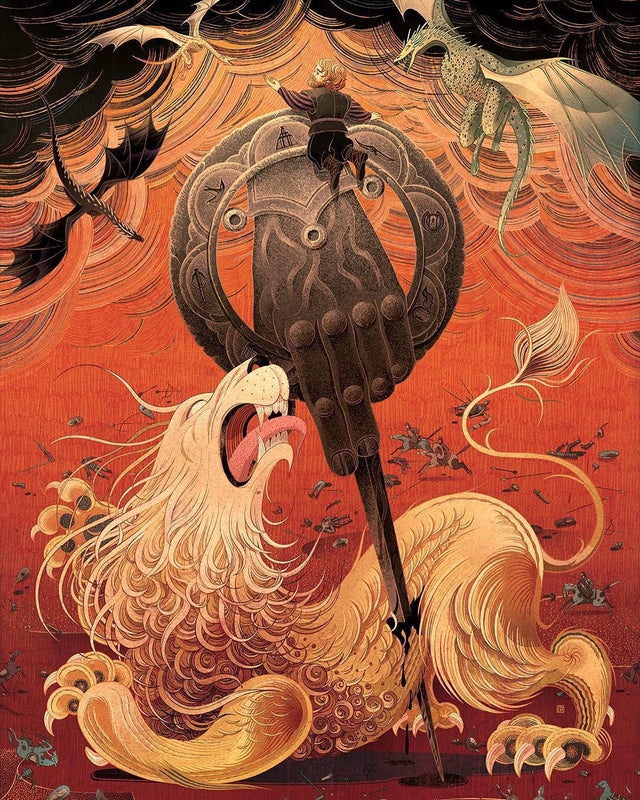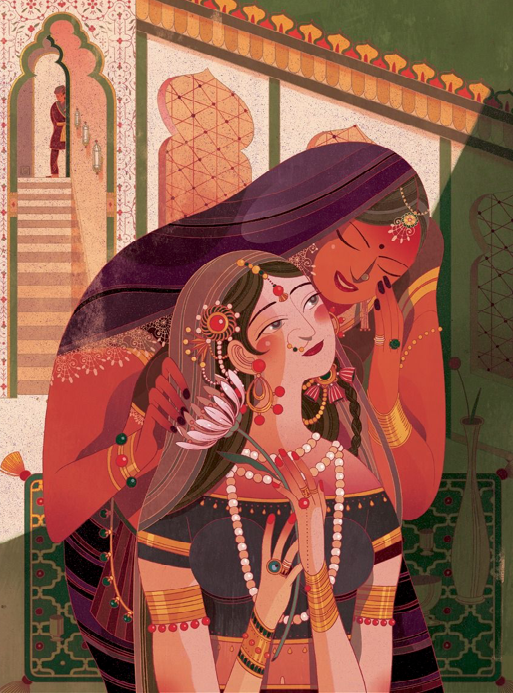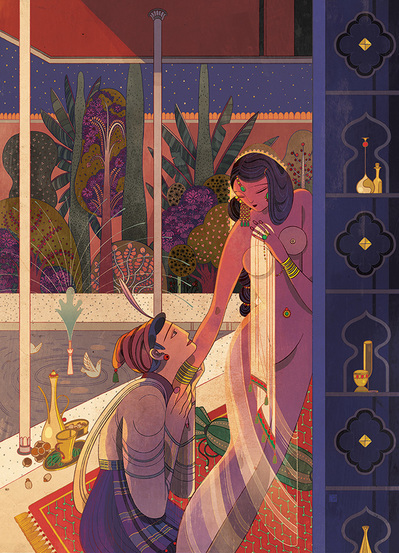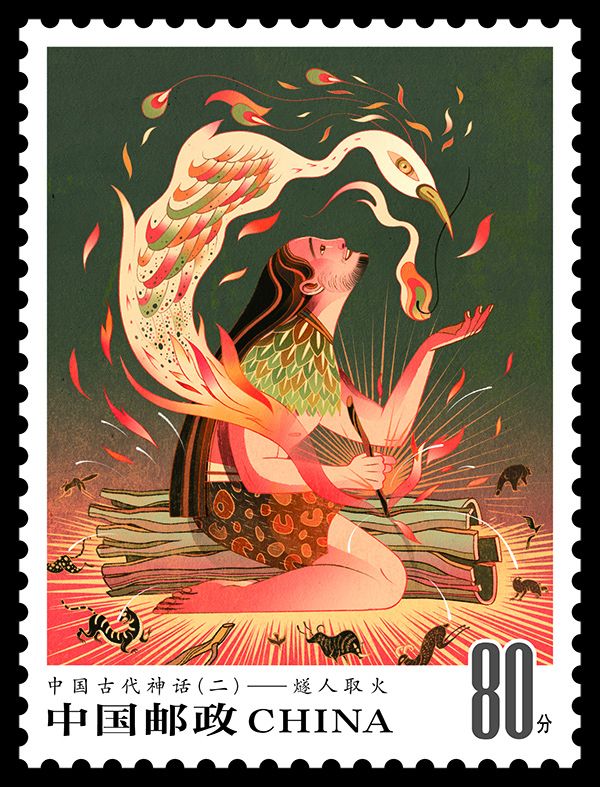Varoom 40: Victo Ngai – Cloak of Fantasy
At first glance, Victo Ngai’s illustrations might appear as florid visual melanges of shapes and patterns, but upon closer inspection, every inch of space reveals itself as precisely orchestrated. What could tip into unfettered chaos is deftly balanced with measured organisation.
In this excerpt from Varoom 40, Ritupriya Basu connects with Victo at her studio in LA, to talk about how fantasy plays into her work and why composing illustrations is akin to orchestrating stage plays.

Hand of the Queen, #ForTheThrone, HBO, 2018
Varoom; How did your childhood shape your ideas about art and creativity?
Victo Ngai: I don’t remember this, but my mom told me that occasionally I would re-enact my day in drawing-storytelling sessions, but with details altered. If I was bullied, I would become the bully in my drawing, and if I was scolded by a teacher, I would become the teacher. In hindsight, that was probably some sort of self-therapy. Art is a space where I can be my own master – I love that within that space, I can disregard the rules of our reality, and yet manage to create worlds that people can get lost in.

Kama Sutra of Vatsyayana, Folio Society, 2018
You’ve talked about creating fantasy worlds as a child – how does fantasy play into your work today?
I love the language of fantasy in visual arts, but also in movies and in literature. In some ways, I find this expression to be similar to dreams, fables and mythologies, which can be more universal, poignant and provocative than simply presenting reality as it is. By draping subjects in a cloak of fantasy, it becomes easier to explore difficult topics and reflect upon ourselves a few degrees removed.

Kama Sutra of Vatsyayana, Folio Society, 2018
Your images are incredibly layered and detailed. How important is editing in your design process?
I work in an additive way when I compose an image. When I sketch, I usually start with only a few simple shapes and don’t add in the secondary and tertiary elements until I am happy with the basic foundation. Composing an image is very much like orchestrating a stage play. You have your main storyline, heroes, secondary plots, supporting characters, crowd actors, and so on. As long as there’s a clear goal and priority, the image can still read well despite having a lot of information. So instead of editing back, I think the important thing is to have a good ‘road map’ of the key elements before getting lost in the details.

Chinese Mythology 2, China Post, 2019
To see the full article purchase Varoom 40
Back to News Page
